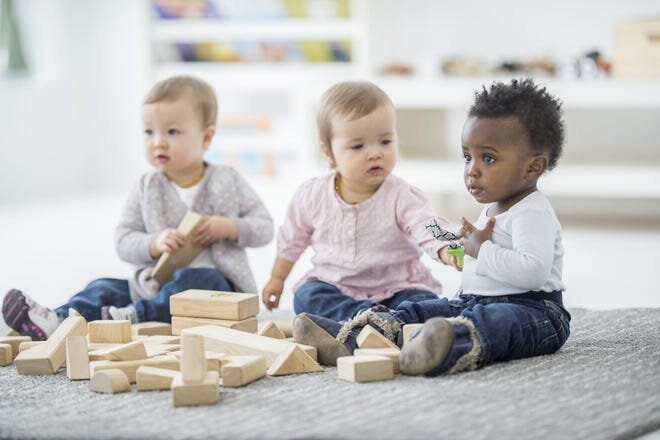5 Practical Things to Consider When Choosing a Daycare
More than 23 million working parents in the US do not have an available caregiver in their family, according to a Brookings report. Moreover, 16.8 million have children under the age of six. This highlights just how necessary child care facilities can be, especially now that the US economy is gradually recovering and workers are slowly returning to their regular jobs. On the plus side, daycare centers and caregivers are acknowledging this need and are also slowly reopening—and this means plenty of child care options. Here’s a list of 5 practical things you can consider when choosing a daycare for your child.
1. Types of Day Care Facilities
A daycare service or facility will look after your children and provide for their needs while you attend to other matters. This service usually runs for a day and accommodates children of varying ages.
Group daycare: These are state-licensed facilities similar to a school. Kids are cared for in age groups. They offer organized programs geared towards development and offer opportunities for socialization with other children. Often, bigger facilities have a larger staff or have special personnel like nurses or cooks. There may be less flexibility when it comes to scheduling especially on holidays if the center follows public schooling schedule.
In-home daycare: The provider looks after your child in their residence, and they will care for their own children as well (if applicable). Not all states require in-home daycare providers to be licensed, so be particular and research about regulatory requirements. In-home daycares care for fewer children, allowing for more attention towards your child and less exposure to illnesses. However, ready backup contacts in case your go-to caretaker is suddenly unavailable.
2. Costs
Caring for your child can be expensive, so choose a reliable daycare center within your budget. According to Marcus’ article on preparing for a child, it is likely to be the parents' biggest expense during the first few years of their kids' lives. Plus, 71% of parents consider the cost as one of the biggest hurdles to getting their children into daycare. So be sure to weigh in all your options, and ask your prospective daycares about their tuition, application fee, and added fees (if any). Check your budget and allocate funds accordingly.
3. Learning and Programs
The higher costs of group daycare facilities are due to a specially designed curriculum. Ask about what they teach, and if they will document your child’s learning and give you regular updates. Look for a center that can provide a holistic approach to learning, and can provide answers to your child’s questions, even tough-world ones like those we discussed in our Health Foundations Blog post. While you’re not around, you’ll want to make sure that your child’s developmental stage is aided with age-appropriate learning, and that they’ll be taught how to interact with other children of different ages and backgrounds. You’ll also want to see if they offer plenty of supervised free-play and movement activities, especially for toddlers.
4. Staff
Look into the number of assistants in the daycare center; ask about their capabilities and experience. The American Academy of Pediatrics specifies a child-to-staff ratio depending on age range and total group size. For instance, a ratio of seven children to one caretaker is recommended for three-year-old’s and a max group size of 14 children. This can differ from state to state. Check whether the director has a degree in early childhood development and if the staff is trained in CPR and first aid. For in-home daycares, you’ll want someone who has had hands-on experience with kids your child’s age.
5. Accreditation
According to the Department of Health & Human Services, some National Accreditation Organizations include Accredited Professional Preschool Learning Environment (APPLE), American Montessori Society (AMS), and the Council on Accreditation (COA). Choosing a state-licensed or a Nationally accredited facility will mean benefitting from a government-set health and safety standard.
Be sure to foster a successful relationship with your child’s caregiver as well through open communication. Your child’s developmental years are crucial, so you want to make sure to find a fun, stimulating, and safe environment for them.

